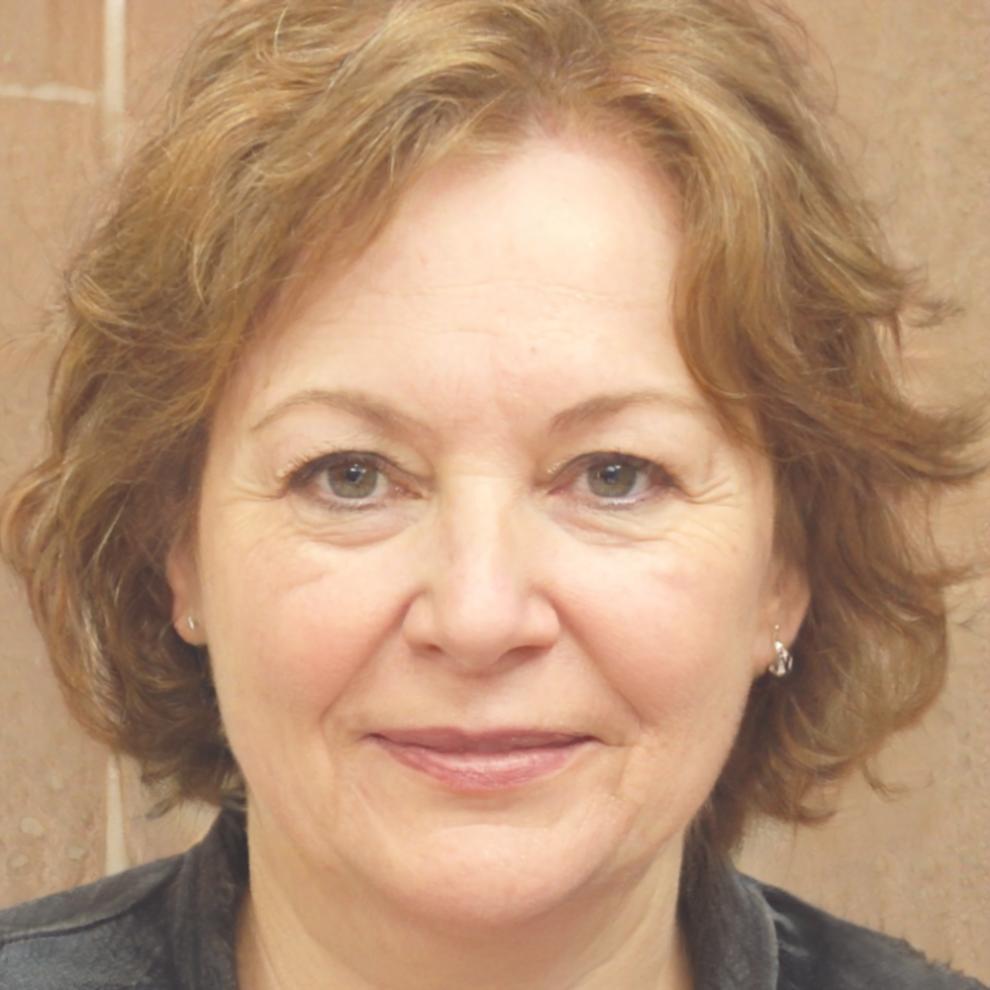Financial Health Beyond the Numbers
Running a business means dealing with constant cash flow questions. We teach you how to read the signals before problems appear, using liquidity and solvency frameworks that actually make sense in daily operations.
View Learning Program

Why Most Financial Training Misses the Point
Most courses dump formulas on you without context. They teach current ratios and debt-to-equity calculations but never explain what happens when your best client pays 60 days late. Or when equipment breaks and you need immediate capital.
We built this program differently. Starting autumn 2025, you'll work through scenarios pulled from real business situations. Not theoretical examples from textbooks.
Our students work with anonymized financial statements from actual companies that faced liquidity crunches. You'll see what early warning signs looked like, which ratios flagged trouble first, and how management responded.
Four Core Modules That Build Real Skills
Each module focuses on practical application. You'll spend less time memorizing definitions and more time interpreting what financial data actually tells you about business stability.

Liquidity Assessment Fundamentals
You'll learn to spot cash flow problems before they become critical. We cover quick ratios, working capital analysis, and cash conversion cycles using live business cases from the past two years.

Solvency and Long-Term Stability
Understanding whether a company can meet long-term obligations requires different tools. This module walks through debt structure analysis, interest coverage ratios, and what sustainable growth actually looks like in financial terms.

Dana Morrison
Program Director
I spent twelve years working with mid-sized manufacturers who kept running into the same problem. Their accountants would say everything looked fine, then suddenly payroll became tight or suppliers demanded cash on delivery.
The issue wasn't bad accounting. It was that nobody taught managers how to read early warning signals in their financial statements. So in 2023, I started developing this program to bridge that gap between what accountants report and what operators need to understand.
Our next cohort starts November 2025. Classes meet twice weekly for sixteen weeks, focusing on practical interpretation rather than theoretical formulas.